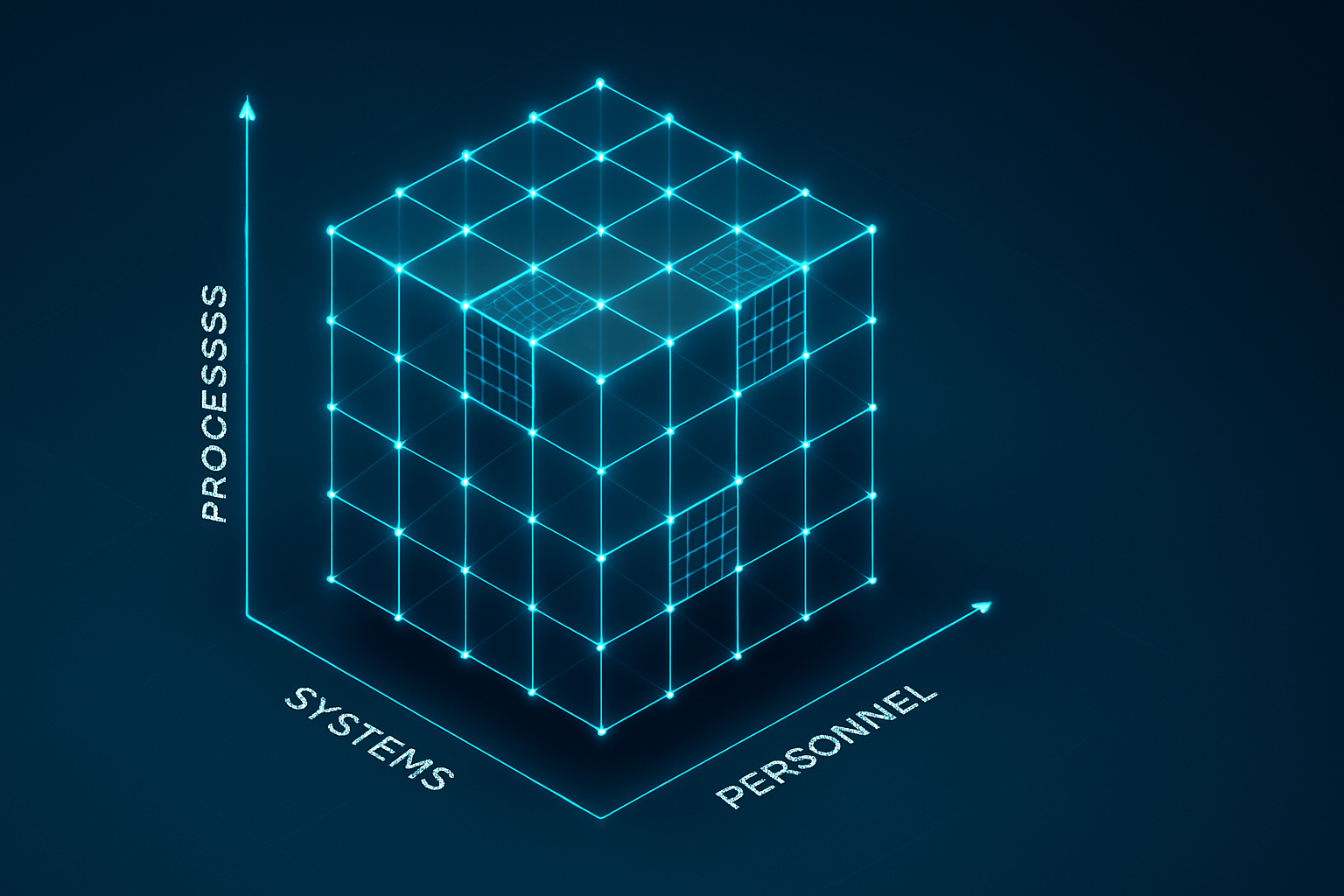The technology landscape changes faster than ever, yet many organizations treat disaster recovery and business continuity planning as periodic "check-the-box" exercises rather than living documents. This creates a dangerous gap between documented plans and actual recovery capabilities.
Traditional approaches suffer from annual review syndrome, documentation without testing, siloed planning, and outdated assumptions. The Matrix Approach offers a multi-dimensional framework that classifies every recovery component across three dimensions: System Tiers (0-3 based on criticality), Process Categories (A-D based on business impact), and Personnel Functions (Essential through Deferred).
Each cell in the matrix gets its own review cadence, validation method, and ownership assignment. Monthly reviews focus on Tier 0 systems, quarterly reviews cover Tier 1 systems and Category A processes, while semi-annual and annual reviews encompass broader system validation.
Key innovations include recovery component heat mapping, trigger-based reviews responding to organizational changes, composite recovery teams organized by capability rather than department, and clear component dependency mapping. Breaking monolithic plans into sub-plans with dedicated ownership ensures effective maintenance.
Compared to traditional ISACA/COBIT approaches, the Matrix Approach provides better integration through its multi-dimensional view, distributes testing burden throughout the year, and creates a dynamic management system that responds to organizational changes.
